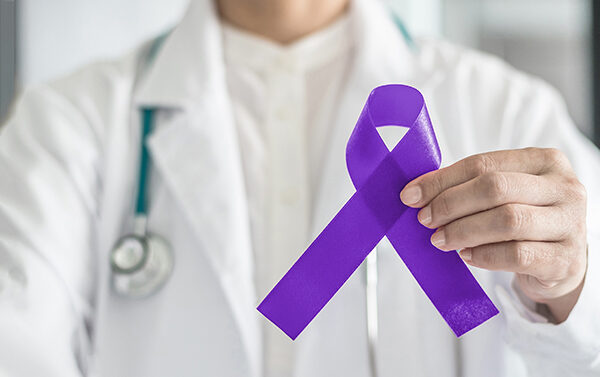

James Harabedian Jr. has never been one to shy away from a challenge. Growing up in NJ, he and his competitive nature fell in love with ice hockey, soccer, and lacrosse. So when the 28-year-old sales manager and lacrosse coach was diagnosed with testicular cancer last winter, he knew it would be the greatest test of his adversity to date. And in this ultimate competition with cancer, Harabedian is prevailing.
Last February, the Berkeley Heights man discovered a lump in his left testicle. Startling because he knew it wasn’t there the week before. He didn’t hesitate to take action. Within days, he would learn it was testicular cancer. A shocking and frightening diagnosis – but Harabedian had a proactive, fighting spirit and a will to win on his side.
“You know deep down it can happen to anybody, but you never expect it will be you. Then all of a sudden you’re in that moment. So the focus is immediately on what do I need to learn, what do I need to change, what caused this?”
While the cause isn’t usually clear, testicular cancer is the most common cancer affecting people assigned male at birth, from 15 to 35 years old. The most common sign is a painless lump in the testicle. Testicular cancer that’s diagnosed and treated early has an excellent cure rate.
And that is why Harabedian immediately moved forward with his doctor’s recommendation to have the testicle removed with surgery. A family friend connected him with the staff at Hackensack Meridian Health, who would lead Harabedian through months of scans and bloodwork and eventually a robotic-assisted retroperitoneal lymph node dissection in August.
“The chance of developing testicular cancer is about one in 270,” explains Dr. Nitin Yerram, Director of Urologic Oncology at Hackensack University Medical Center, where he offers patients the most advanced screening options and state-of-the-art treatments.“Fortunately, the cure rate is excellent, especially when caught early which is why we encourage all men to know the symptoms.”
The most common sign of testicular cancer is a painless lump, says Dr. Yerram, but other symptoms may include:
- Swelling or sudden fluid build-up
- A feeling of heaviness
- Pain or discomfort in your scrotum or testicle
- A shrinking testicle
Harabedien calls Dr. Yerram and the staff at HMH, “The best medical professionals I’ve ever had the pleasure of knowing.” A year out from that initial diagnosis, Harabedian’s scans have been clear, and his attention on his health more in focus than ever.
“We have to be thoughtful about how active we are. So I’ve been creating a new routine as an adult. Once I realized what was at stake, I told myself I won’t let this define me or stop me in my tracks. I used the surgery as a reset button and found the silver lining in the situation,” Harabedian said.
The silver lining now foreshadows a bright future for Harabedian. Happily living with his girlfriend who has supported him along every step of this health journey, he is deliberate about a nutritious diet while remaining active, coaching youth lacrosse. A year since his diagnosis, being well on his way to officially beating cancer is Harabedian’s greatest victory.
“This whole process of getting healthy again has taken about a year. I know for most people with cancer that’s not the case. And I don’t take that for granted,” he said.












